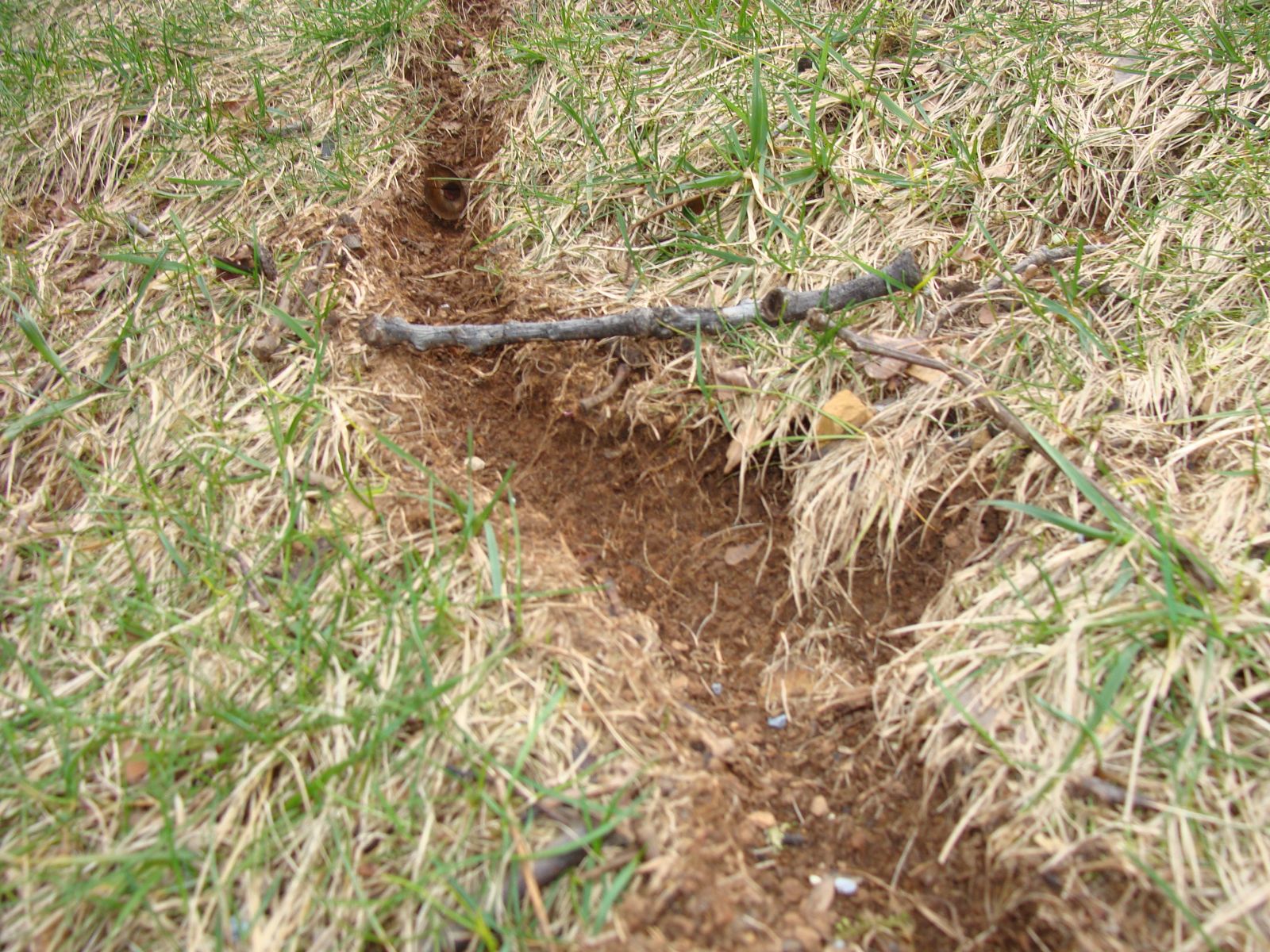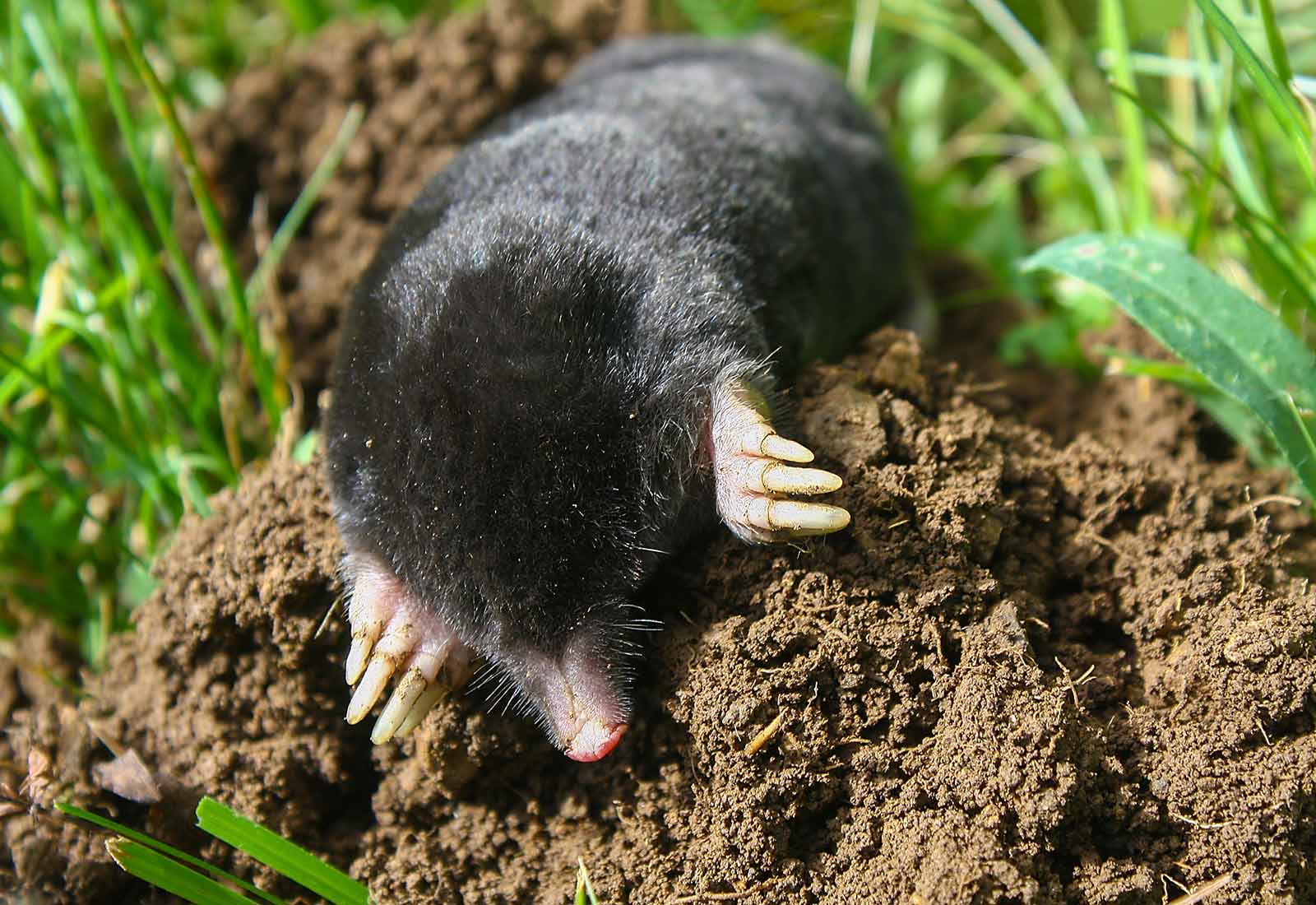Protect Your Lawn: Efficient Vole Control Techniques
Protect Your Lawn: Efficient Vole Control Techniques
Blog Article
Comprehensive Guide to Reliable Vole Parasite Control: Infestation Recognition and Treatment Approaches
In the realm of reliable bug control, vole invasions pose an unique challenge that requires a strategic approach. By exploring the subtleties of vole behavior, recognizing vital indicators of invasion, and evaluating a variety of control options, one can establish an extensive strategy to fight these evasive bugs.
Recognizing Vole Habits
Vole behavior is characterized by their burrowing practices and rapid reproduction prices, making them a challenging parasite to manage effectively. These little rodents typically create complex tunnel systems underground, utilizing them for sanctuary, food storage space, and transport. Voles are herbivores, consuming a variety of plants, yards, roots, and bulbs, which can cause considerable damages to gardens, orchards, and grass. Their rapid reproductive rate further makes complex control efforts, with ladies with the ability of creating numerous litters in a solitary year, each containing a number of spawn.
Comprehending vole behavior is crucial for efficient bug control strategies. By identifying their burrow locations, monitoring feeding areas, and executing targeted control approaches, such as capturing or environment adjustment, vole invasions can be managed successfully.
Indicators of Vole Invasion

Avoidance Techniques
Carrying out effective prevention strategies is critical in decreasing vole infestations and protecting plant life from their harmful feeding routines (vole control utah). To stop vole infestations, it is important to begin by eliminating possible food resources and shelter. Maintain lawn and plant life trimmed short, remove weeds and debris, and keep a clean Get More Info yard or grass to make the area much less attractive to voles. Mounting look at this site barriers such as hardware towel or underground fencing can additionally aid deter voles from entering particular areas. In addition, decreasing excess wetness by taking care of dripping pipes and making sure proper drain can make the environment less congenial for voles.
Frequently evaluating the residential or commercial property for signs of vole activity, such as paths and tunnel openings, is critical for early discovery and timely action. If vole activity is thought, take into consideration using traps or repellents strategically placed near their paths. Employing natural predators like owls or snakes can likewise help maintain vole populaces in check. By implementing a mix of these prevention garden enthusiasts, strategies and property owners can effectively shield their plant life from vole damages.
Non-Lethal Control Methods
To properly manage vole populaces while focusing on gentle techniques, non-lethal control strategies offer practical remedies for decreasing vole damage in landscapes and gardens. One reliable approach is making use of physical barriers such as equipment cloth or wire mesh to protect prone plants. These obstacles can be hidden a minimum of 12 inches deep and curved at a 90-degree angle to prevent voles from burrowing beneath. In addition, habitat alteration can hinder voles by minimizing their chosen food resources and concealing areas. Keeping a well-mowed yard, eliminating particles, and maintaining greenery trimmed Full Article can make the setting less appealing to voles.

Lethal Control Options
One effective technique for attending to vole problems in gardens and landscapes includes the tactical usage of deadly control options. When faced with an extreme vole invasion that non-lethal approaches have actually fallen short to contain, executing dangerous control procedures comes to be important. Generally, when utilizing deadly control choices, it is necessary to do so responsibly and in accordance with regional guidelines to successfully manage vole invasions.
Verdict
To conclude, efficient vole pest control calls for an extensive understanding of vole habits, recognition of indications of problem, execution of avoidance approaches, and use of both non-lethal and deadly control approaches. By combining these approaches, people can effectively handle vole populaces and shield their residential property from damage. It is necessary to address vole problems immediately to avoid further problems and reduce the influence on the surrounding atmosphere.
Provided the elaborate passage systems and fast reproduction prices particular of voles, identifying the signs of vole problem becomes vital in effective pest control. One of the key indications of vole visibility is the presence of surface area paths or routes in grass or snow, generally concerning 1-2 inches wide, created as voles travel between their burrows and food resources.To effectively manage vole populations while prioritizing humane methods, non-lethal control techniques offer functional services for lowering vole damage in yards and landscapes.One reliable technique for attending to vole infestations in yards and landscapes involves the tactical usage of lethal control options. vole control utah.In verdict, reliable vole parasite control calls for a comprehensive understanding of vole actions, identification of signs of problem, application of prevention approaches, and use of both non-lethal and deadly control approaches
Report this page